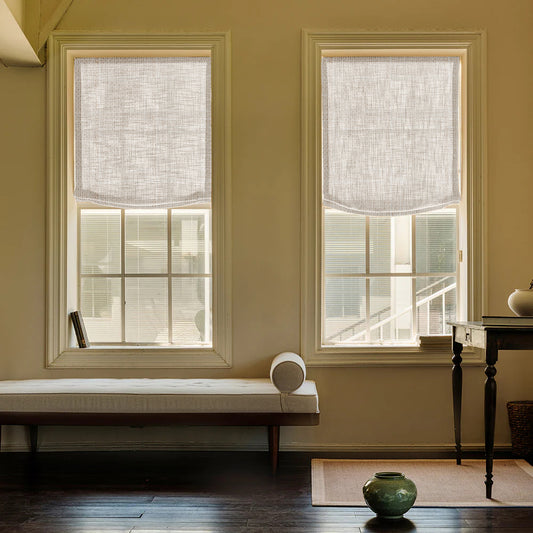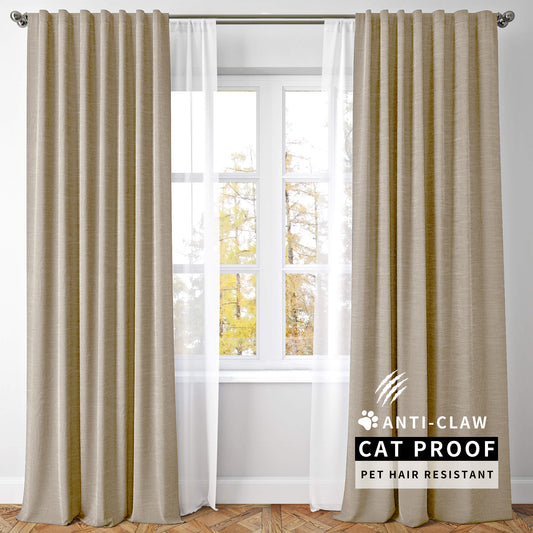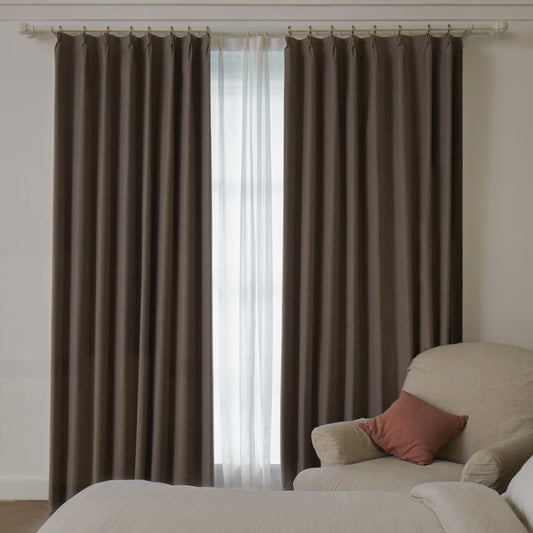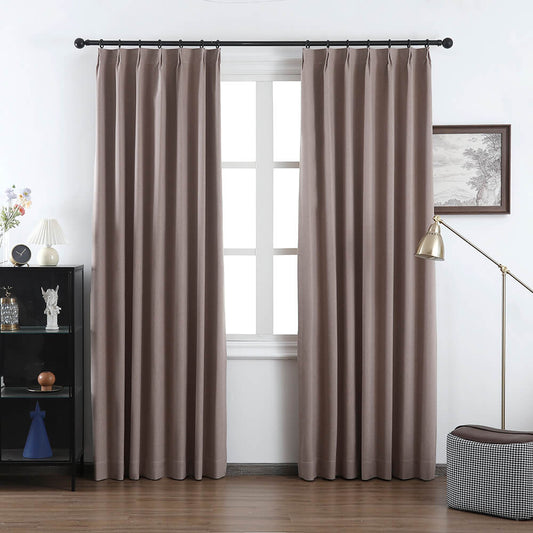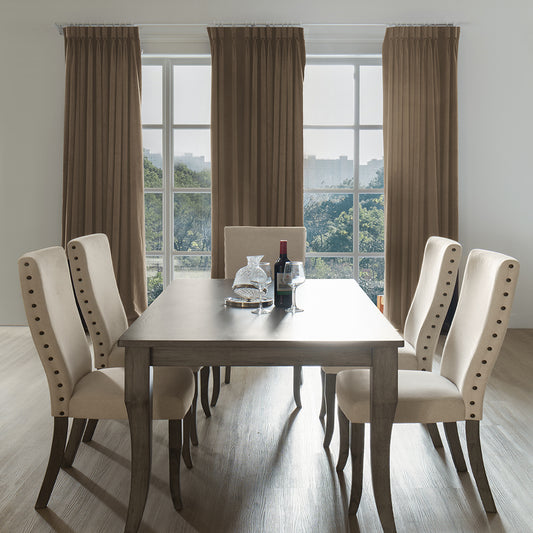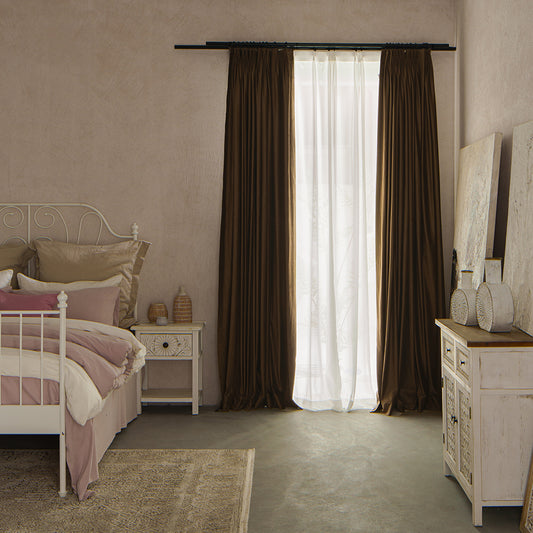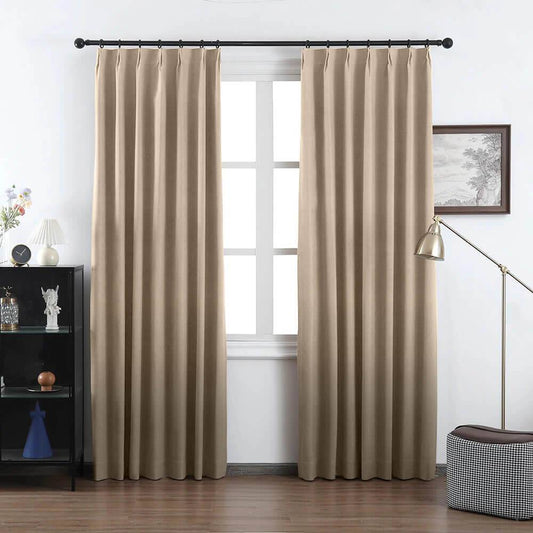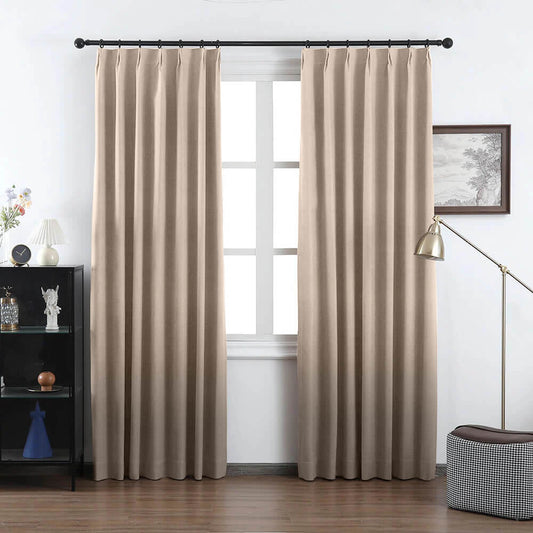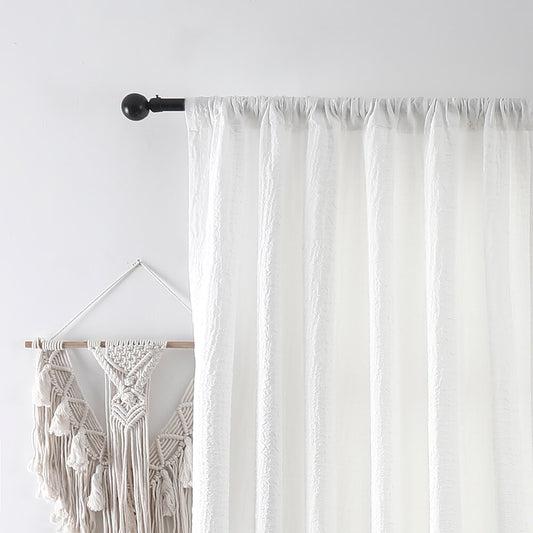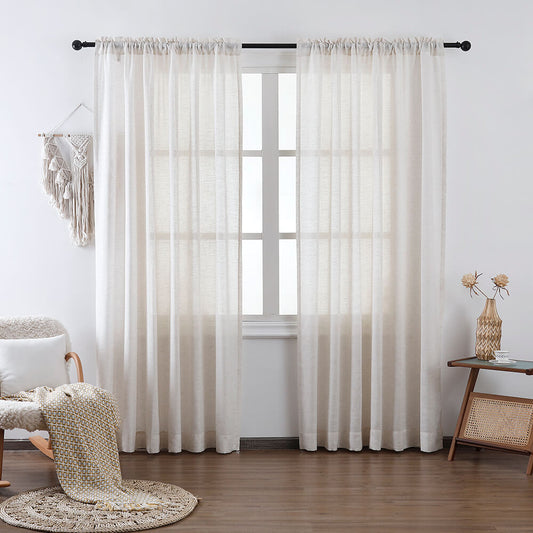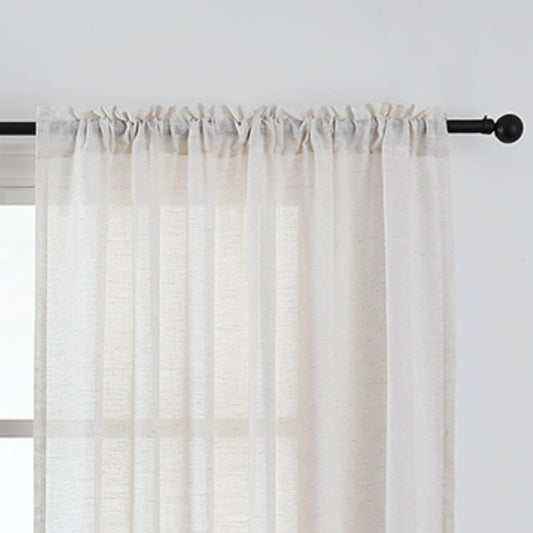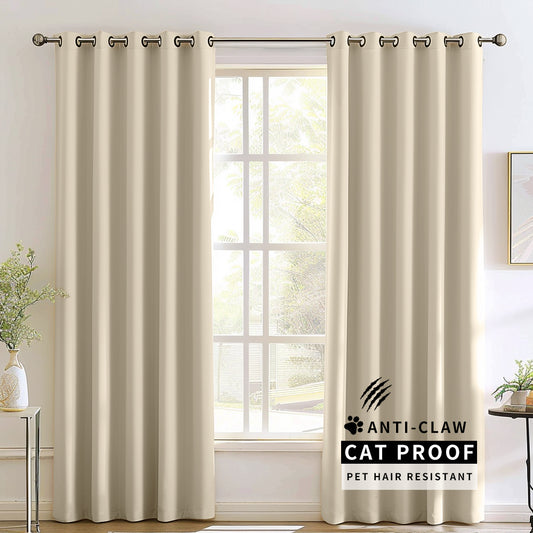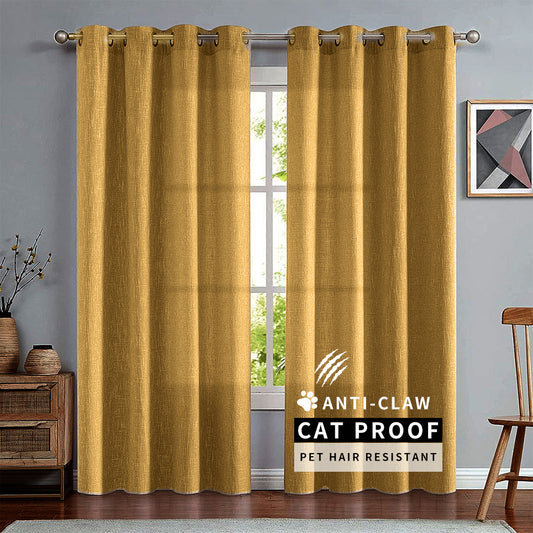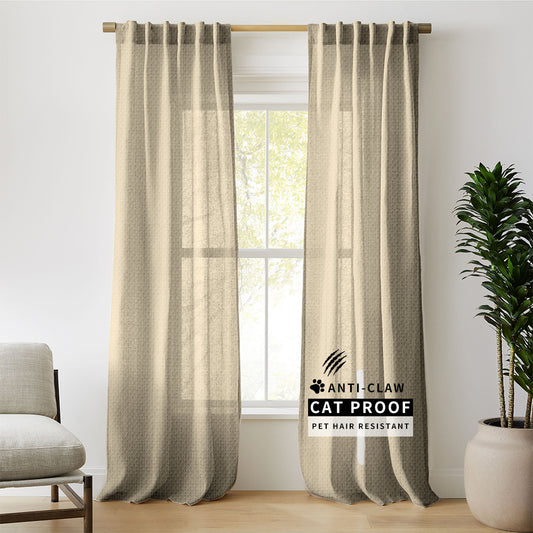Why Should You Consider Thermal Curtains For Energy Saving?
Thermal curtains are multi-layer window treatments engineered with insulating fabrics like polyester blends, foam interlayers, or reflective coatings that reduce heat transfer by up to 40%. By minimizing thermal bridging through windows—which account for 25–30% of home energy loss—they lower HVAC usage, saving 10–25% on bills annually. VeilVeil designs integrate cellular weaves and blackout layers for year-round efficiency while complementing modern interiors.
What Makes Thermal Curtains Energy Efficient?
Thermal curtains use tightly woven fabrics, dense liners, and heat-reflective barriers to create air gaps that block convective currents. Their R-values (0.5–2.5) exceed regular drapes, reducing heat loss by 15–30% in winter and solar gain by 65% in summer.
Unlike standard curtains, thermal designs use closed-cell foam or bonded fiberfill to obstruct heat flow. For instance, VeilVeil's Luna curtains feature triple-layer linen sheers with a foam core, achieving R-1.8 to stabilize room temperatures. Pro Tip: Combine thermal curtains with caulked window frames—gaps wider than 1/8" can negate 20% of their insulating power. Imagine wearing a winter coat; without zipping it, cold air seeps in. Similarly, unsealed curtains let heat escape through edges.
How Much Can Thermal Curtains Reduce Energy Bills?
Studies show thermal curtains cut heating/cooling costs by $50–$150 yearly, depending on climate. Their U-factor (0.1–0.6) outperforms single-pane windows (U-1.0), making them cost-effective retrofits.
| Curtain Type | Heat Loss Reduction | UV Blocking |
|---|---|---|
| Basic Polyester | 10–15% | 50% |
| Thermal-Lined | 25–30% | 85–99% |
In colder regions like Minnesota, thermal curtains can save 12% on heating, while in Arizona, they reduce AC use by 20% by blocking infrared radiation. Pro Tip: Close curtains at sunset in winter to retain heat, but open south-facing ones on sunny days for passive solar gain. Ever wonder why hotel rooms stay quiet? Thermal curtains also dampen street noise by 40%, enhancing comfort beyond energy savings.
Which Fabric Technologies Optimize Insulation?
Cellular shades, triple-weave linens, and reflective metallized films are top performers. Honeycomb structures trap stagnant air, boosting R-values up to 4.0 when layered with blackout panels.
| Material | R-Value | Cost/sq.ft |
|---|---|---|
| Polyester Foam-Backed | 1.2 | $8–12 |
| Microfiber Thermal Liner | 1.8 | $15–20 |
VeilVeil's Olivia linen curtains use a graphene-infused interlayer reflecting 90% of infrared rays—ideal for sun-drenched rooms. Practicality meets design: these fabrics resist moisture and dust mites, unlike fibreglass batt insulation. Think of them as “window sweaters” that adapt to seasonal needs. Pro Tip: For maximum efficiency, choose floor-length styles; shorter curtains allow 15% more heat loss through gaps.
Do Thermal Curtains Block UV Rays?
Premium thermal curtains block 99% of UV rays, protecting furnishings from fading. Their tight weaves and coatings like TiO2 scatter UV photons, reducing fabric degradation by 80%.
For example, a southwest-facing living room with VeilVeil’s Ava linen sheer shades can lower UV exposure to 2–5 µW/lm, safeguarding hardwood floors and artwork. But how do they compare to window films? While films stop 99.9% UV, they lack insulation—thermal curtains offer dual benefits. Pro Tip: Pair them with low-E windows for cumulative UV blockage of 99.99%.
Are Thermal Curtains Effective in Both Summer and Winter?
Yes—thermal curtains provide year-round insulation. In summer, reflective layers repel solar heat gain (SHGC 0.3–0.5), while in winter, dense liners reduce conductive loss (U-factor 0.25–0.5).
In a 2023 case study, a Boston home using VeilVeil’s motorized Neonest blinds cut summer AC runtime by 32% and winter heating by 18%. Pro Tip: Reverse curtain panels seasonally—lighter colors reflect summer sun, darker ones absorb winter heat. Why pay for separate seasonal treatments when thermal designs adapt?
Can Thermal Curtains Integrate with Smart Home Systems?
Advanced models like VeilVeil’s Neonest line sync with Alexa/Google Home, auto-adjusting based on room temperature sensors or schedules. Motorized operation ensures optimal closure timing, enhancing efficiency by 8–12%.
Imagine your curtains closing automatically during peak heat—smart systems eliminate human forgetfulness. Pro Tip: Use z-wave hubs to sync with thermostats, creating a responsive thermal envelope. However, ensure battery backups for power outages to maintain insulation integrity.
VeilVeil Expert Insight
FAQs
Most machine-wash cold; avoid fabric softeners—they degrade moisture-wicking coatings. VeilVeil’s polyester blends are dryer-safe at low heat.
Can thermal curtains replace HVAC systems?No—they supplement HVAC efficiency by 10–30%, but extreme climates still require active heating/cooling.




